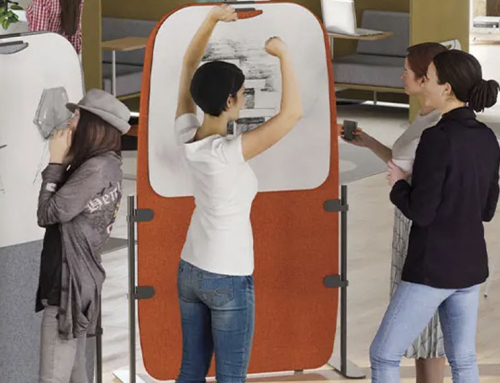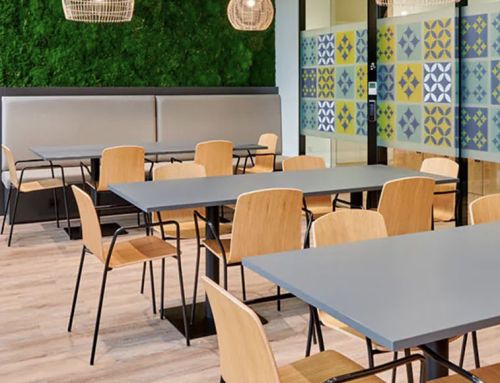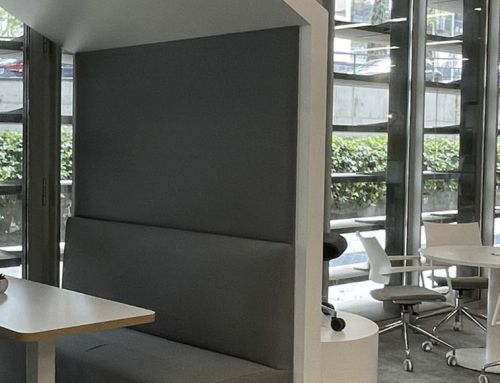What are 2019 trends in furniture and office design? Technologies and new corporate cultures have radically changed work methods and therefore office spaces. With new employment models based on the absence of hierarchy and boosting creativity and intra-entrepreneurship over control and the presence of employees at their work stations, spaces are transforming into social spaces, Silicon Valley and its technological companies being the paradigm.
Ofita’s furniture overcomes the challenge of reinventing work environments to –along with architectures and at their service- respond to the strong technological implementation and the transformation of companies itself. We run through some 2019 trends in furniture and office design.
Connectivity, 2019 trends in furniture and office design
New digital technologies are the driving force of economic and social transformation which impact is extraordinary on companies and people.
The use of new technologies is a necessary condition yet not enough for cultural changes of companies to successfully conclude. The digital aspect of digital transformation is not as important as the transformation itself.
New corporate values require work spaces promoting them and which ease a new way of life, work and relate with each other. Technology + space + people; this is the key to success.
This “first trend” was years ago Ofita´s starting point to delve into the development of furniture with integrated technology for multimedia remote communication.
This is the origin of products such as the I-surf table for instance. Its lift central module integrates state of the art connectivity which helps users share information in real time.
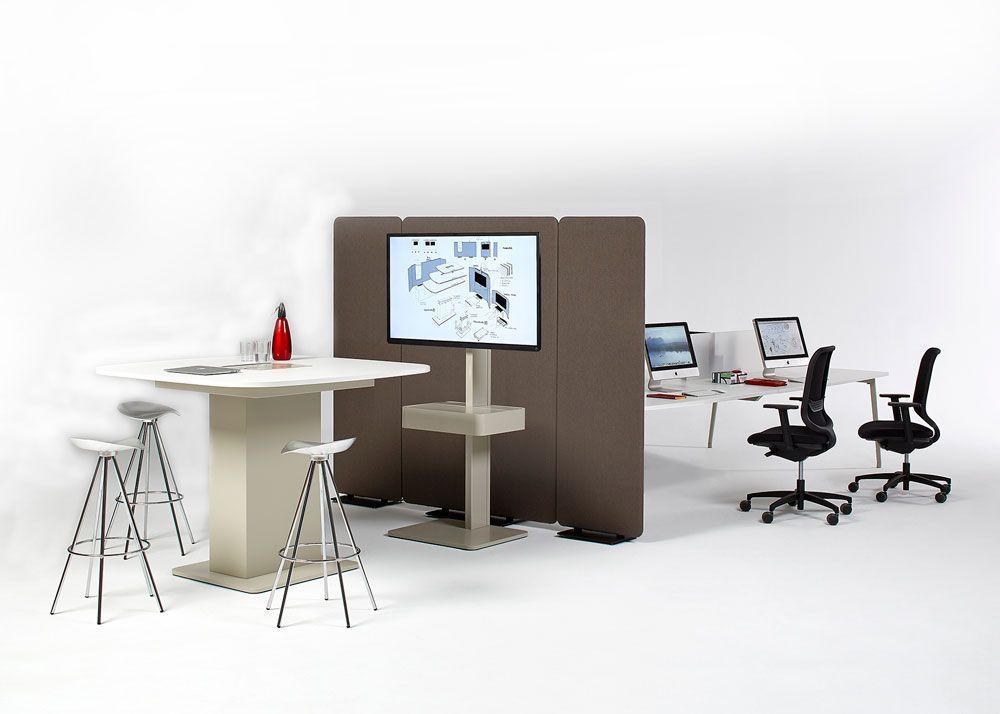
Multi-generational spaces
For the first time ever, four or five generations coexist in time and work space with an age difference of approximately 51 years. It is obvious that the know-how of organizations is in their people but we need work spaces to transfer knowledge and at the same time to help us know, attract and manage the new generations that will dive change.
There are three key aspects in the challenge of inter-generational collaboration: corporate culture, technology and work space. Indeed, offering a range of collaborative spaces improving the encounter of all members of a company helps in this sense.
In office projects developed we no longer ask “How many employees can I fit per sqm?” but rather issues such as: “Can we improve the work experience of people? What type of spaces ease the exchange of talent between different generations? How can we help break down intergenerational barriers? … The creation of multi-generational spaces is one of 2019 trends in furniture and office design.
Ecosystems for Agile methodologies
Innovation has turned into one of the unavoidable competitive advantages of all organizations. Therefore companies require work methodologies and ecosystems favouring and boosting them.
These methodologies, such as Agile, are way more than a tool to develop projects requiring rapidity and flexibility, they are a philosophy representing a different way to work and organize.
Ofita has developed the Forthink collection with its mobile elements for the creation of innovation spaces easing Agile work.
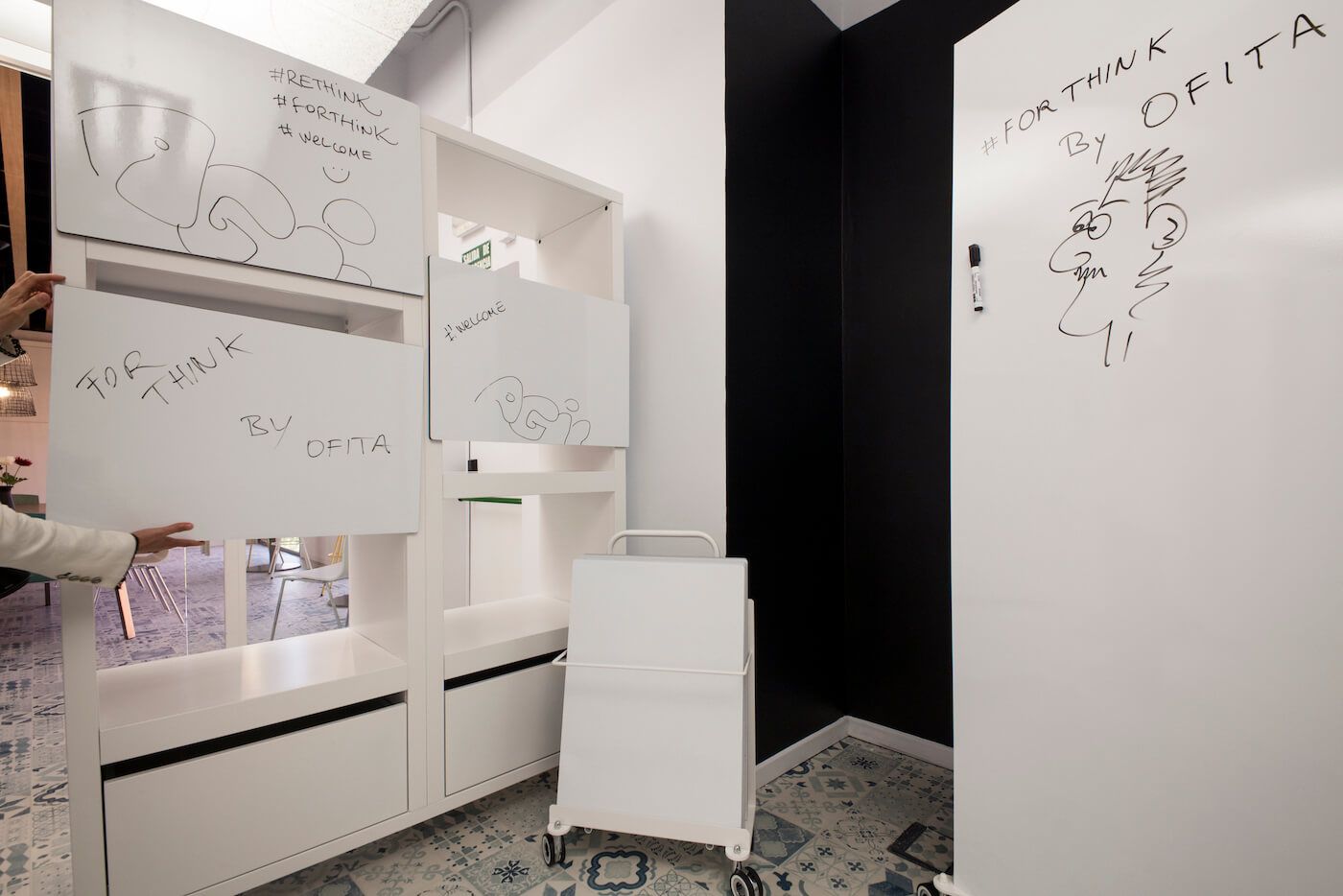
Individual and private spaces coexist with open space
Today in offices, individual spaces have disappeared in favour of open spaces and collaborative environments. Nevertheless, to satisfy the different needs and for the greater comfort of users, along with the open spaces we have others such as the “Plug and Work”, small work stations disseminated through different areas of the office appropriate for the quick performance of duties which do not require concentration or the “Silent Room”, small closed cubicles designed for individual work requiring concentration or to make confidential calls without the nuisances of open spaces.
What is important is to offer employees a broad range of spaces to choose where and how they want to work depending on the type of activity done at each time. From formal meetings to informal encounters, phone calls, team work, remote collaboration or moments which require certain privacy, concentration or relaxation.
In Ofita we propose efficient solutions for all these dynamics. Such as for instance the Meet-up line, sensible to the different needs.
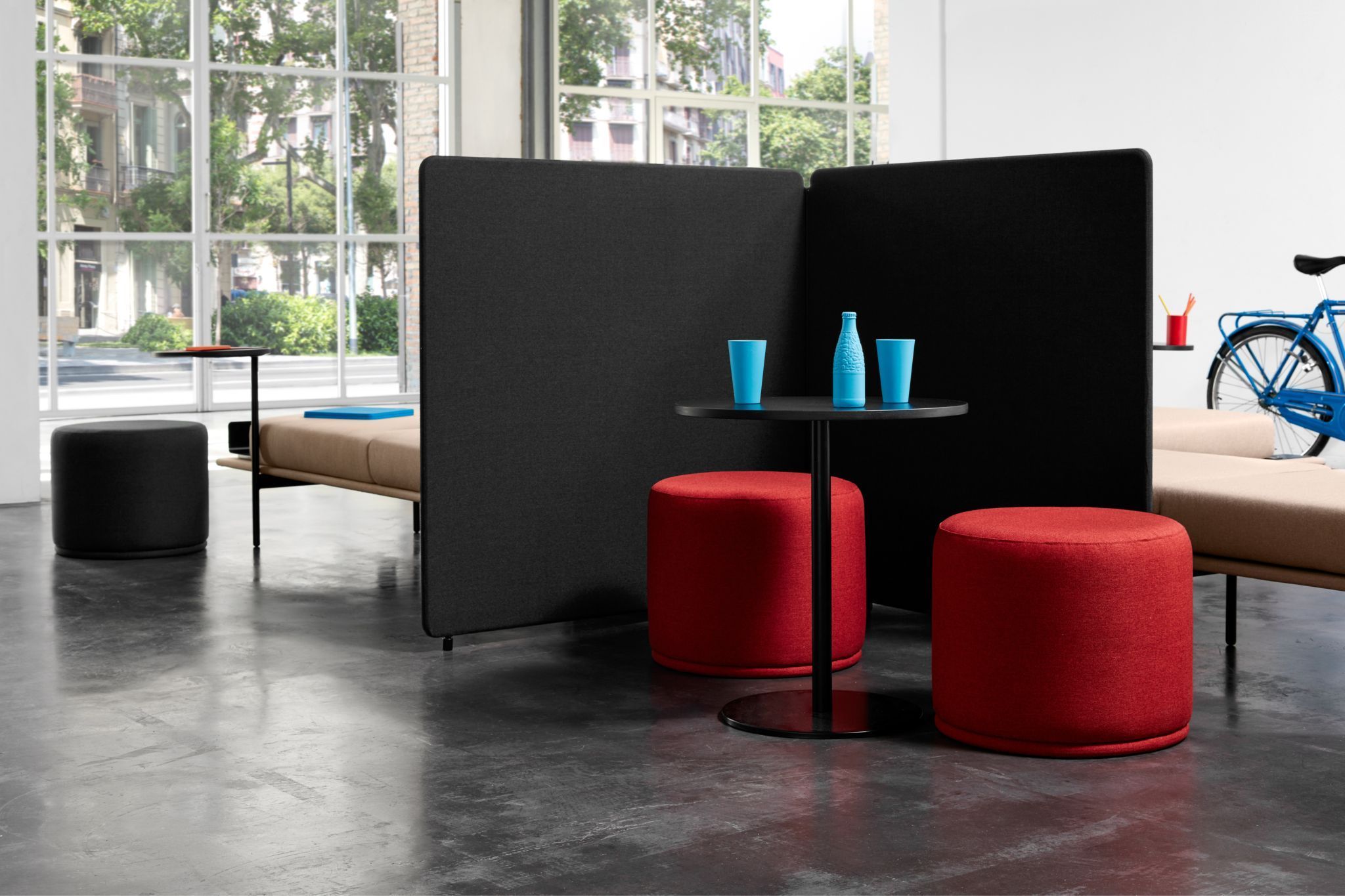
Mobile or transformable spaces
New corporate cultures come along with flexible work concepts. Flexible work requires accompanying work spaces to encourage it; Spaces with capacity to adapt and be modified depending on changing needs. Work environments have to react in an easy and flexible manner to the different work schemes. For these years this has been a key value and will continue to outstand among 2019 trends in furniture and office design.
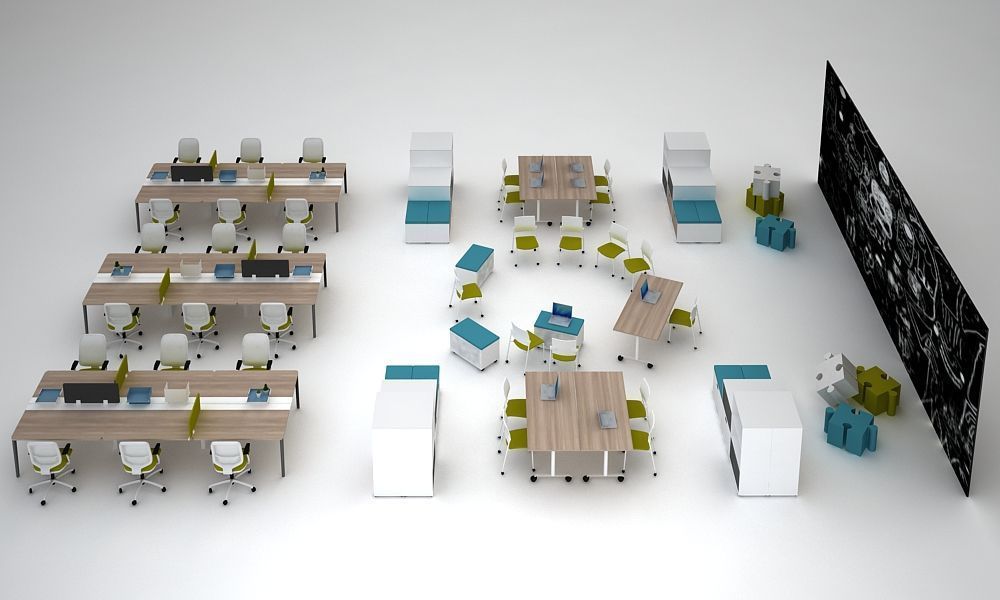
Nature integrates in offices
In an ever technological world, the return to nature is a rising trend in the design and equipment of offices. Natural woods and recycled materials, natural light, neutral colours, water points and biophilic design…With this sensibility, we create Versa Natura, with its distinctive wood leg.
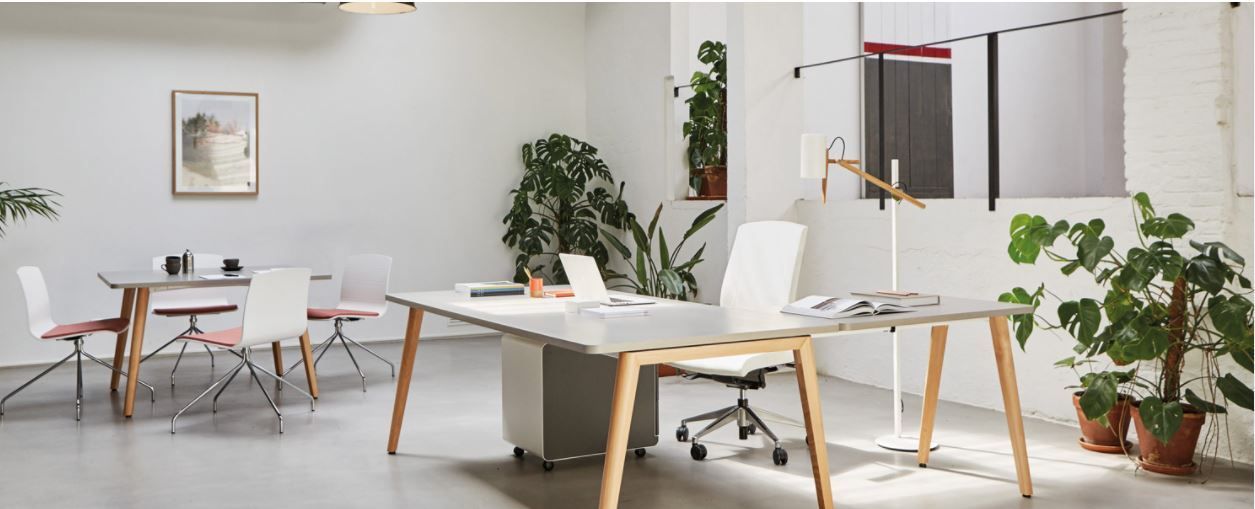
Towards “paperless”
Commitment of companies to the wellbeing of people and environment has come to offices with new energy and water saving systems, ecologic materials, a more efficient use of spaces, etc.
Paperless offices are closer every day and in Ofita we are ready with furniture adapted to this reality. We are committed to “paperless” in our daily life and products. This life and work philosophy stirs up traditional furniture concepts such as for example, filing cabinets. The digitalization of information involves that new elements replace (or coexist) former cabinets conceived for the filling of documents.
This is the origin therefore of trolleys, with an innovative design, more reduced dimensions and ideal to accommodate personal belongings such as bags and briefcases.
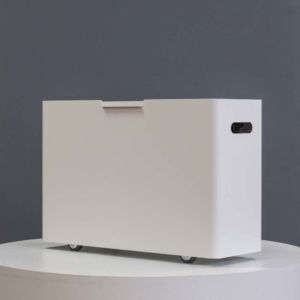
Encounters, trend in furniture and office design
Offices today are social with an undisputable role of collaborative space both formal and informal and of value added to relate, interact and exchange knowledge in a relaxed environment where ideas flow easily. The office as a meeting point will still be the main character of 2019 trends in furniture and office design.
According to the study “More than One” carried out by Ofita, people spend over 60% of their working day either in meetings or collaborating with others; and 40% of the operative stations are empty at any time of the day due to remote work, employment flexibility and the rise of collaborative work.
Ergonomics and health
On the other hand, health and wellbeing is a priority criteria today in the design and equipment of offices and of course in Ofita’s furniture. In fact, for already a decade we have led the concept of “quality of life at work” to the point of turning it into or hallmark.
Year ago from the ergonomic point of view, we paid special attention to chairs as most ailments are related to sedentary work and wrong choice of this element.
In our history we present chairs with a unique ergonomic contribution such as Hara (in the picture) or its predecessor Iroha. This chair joins arms and lumbar support so that as soon as the user adjusts the height of arms, the lumbar support is automatically placed in a correct manner.
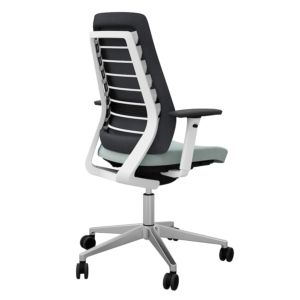
Adjustable height tables
Alternating working seated or standing is one of the best ways to care for our health at work; therefore each day it is more common to find in offices spaces equipped with adjustable height tables such as the Multilevel of Ofita.
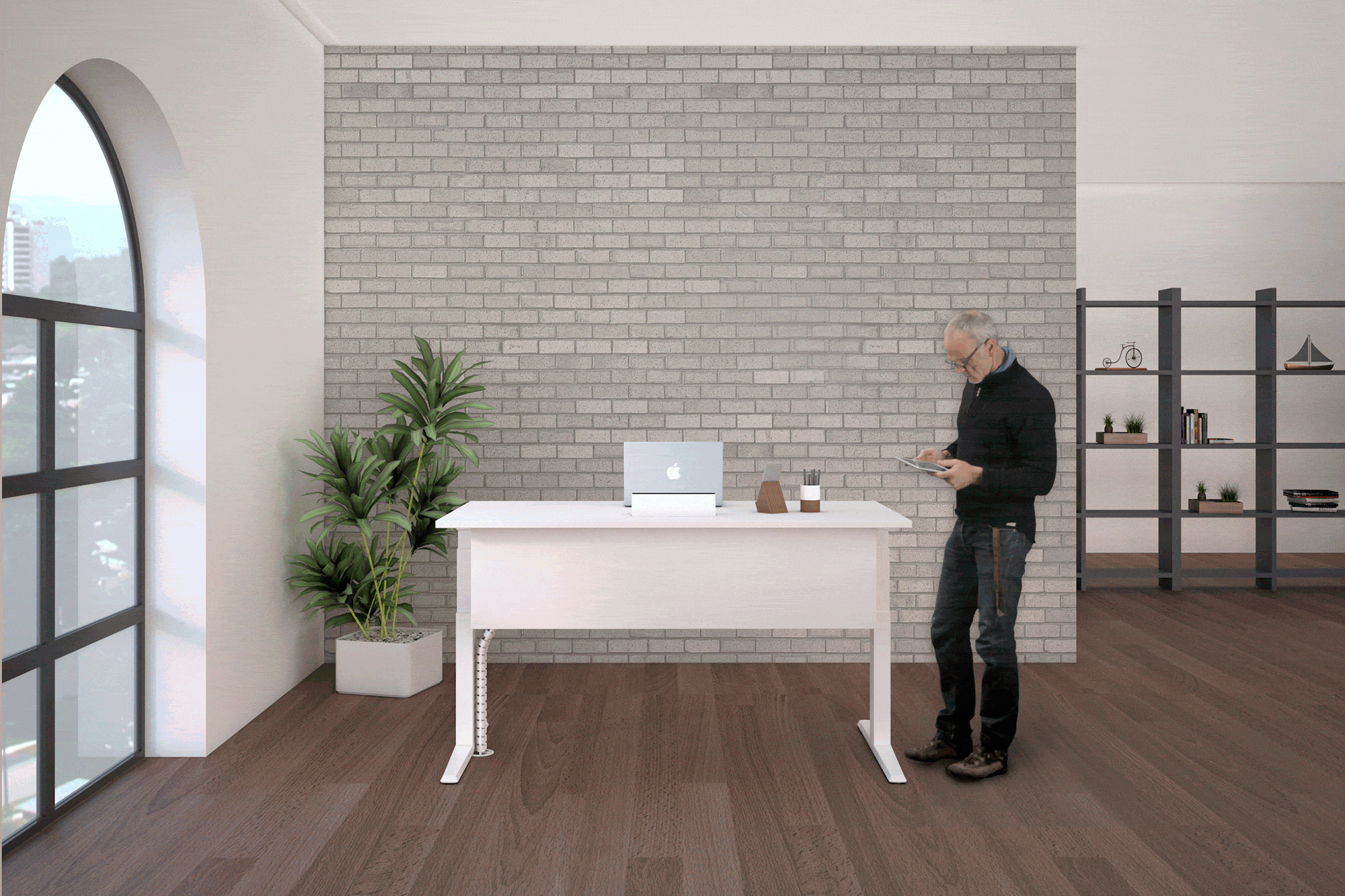
Non territorial
Companies are reducing personally assigned work stations. These new solutions ease a more rational use of space which is designed and distributed depending on the real presence of employees and not its absolute number. This is non-territorial system were areas are designed according to the needs of employees rather than their status.
This system where everything belongs to everyone, involves considerable savings of space, provides the organization with greater flexibility and adaptation and growth and supports employees’ mobility and their work methods.
Office-home-office
The incorporation of informal spaces and new generations require new office designs which disseminate the border between the office and home. Employment environments are increasingly cosy finished in wood, light colours, warm atmospheres, decorative objects, rugs…
Made to measure
We leave for the end a trend which is a priority for Ofita and which is in fact one of the hallmarks of Ofita: made to measure offices and furniture that we will discuss in our next post.
